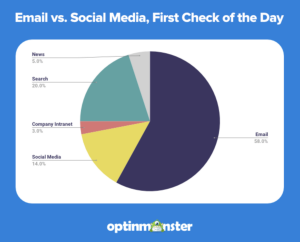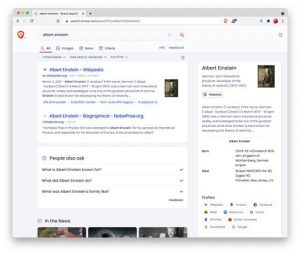Selecting the right person for an executive leadership role is one of the most difficult tasks an organization faces. If the candidate is not a good fit for any number of reasons, such as lacking key skills or not aligning with the company’s culture, their tenure is likely to be short and beset by turmoil. Even worse, their sudden departure can throw an organization into chaos, undermining productivity and strategic goals. By establishing a strong executive succession plan, however, companies can build a healthy succession pipeline that allows them to transition quickly when it comes time to fill an executive position.
Executive Turnover
While most organizations do their best to promote continuity in leadership, PwC research found that CEO turnover among the world’s 2,500 largest companies reached a record 17.5 percent in 2018, a full three percentage points higher than the previous year and well above the average for the previous decade. Even worse, about one out of every eight chief executives remains in their position for less than three years, with external hires being four percent more likely to leave.
Poor executive succession planning is at least partially to blame for these figures. Despite the proven benefits of developing and maintaining an executive succession plan, 34 percent of companies don’t have a succession pipeline of any kind in place. This could explain why roughly half of executives end up leaving their position under pressure from the company’s board. Without a strong executive succession system in place, companies will struggle to identify high-potential leaders and prepare them to step into senior executive roles. They will also leave themselves vulnerable to severe disruption if they don’t have candidates ready to move into vacated positions in the event of a talent gap.
The High Cost of Poor Executive Succession Planning
When an executive is fired or departs from their position suddenly, replacing them can quickly become very expensive for an organization if there’s no succession plan in place. In addition to the executive’s severance package and the expense of setting up a selection process, there are ripple effects felt throughout the entire company. Growth and strategic initiatives may need to be put on hold and responsibilities handed off to other people or departments until a new candidate can be put in place. Even if the process is conducted relatively quickly, it will take the new executive some time to get up to speed and perform at the same level as their predecessor.
All of that turmoil can have a negative impact on revenue, productivity, and shareholder value. According to a study, larger companies that underwent forced successions without a transition plan in place generated an average of $ 112 billion less in market value in the years before and after the change. While a shakeup of any kind typically causes some disruption, the consequences of making changes without an executive succession planning framework in place are far more costly.
Why Executive Succession Plans Produce Better Results
Building a strong leadership pipeline throughout an organization is one of the best ways to avoid talent gaps and disruption due to turnover. It also creates a degree of stability and predictability, ensuring that a process is in place to make transitions as smooth as possible. An executive succession plan also tends to produce more suitable candidates for leadership roles who won’t need to be replaced in the near future.
Reduced Bias in Selection Decisions
A good executive succession plan has the benefit of time when it comes to identifying and developing potential candidates within the organization. That means the assessment process can be more data-driven and draw upon diverse perspectives rather than forcing a board to make a selection decision on short notice and little more to go on than their “gut instinct.”
Relevant Competency Models
Competency models are a core feature of any good succession strategy. By identifying the relevant job criteria for a position along with the core skills and abilities that are needed to succeed in that role, organizations can do a better job of assessing which candidates are more likely to perform at a high level. This is especially helpful for leadership positions where candidates might bring impressive experience and technical skills to the table, but could lack the soft skills and leadership ability necessary to be successful in the role. Competency models can also be adjusted over time to reflect the changing needs of the organization.
Improved Development and Preparation
A succession pipeline is more than just a list of top performers. It is part of a broader system of development that identifies high potential employees and provides them with the training and development they need to grow into future roles and responsibilities. In addition to preparing potential leaders, however, these plans also create new relationships throughout the organization by connecting high-potential employees with mentors and exposing them to different departments that may lie outside their direct area of expertise. This experience will make it easier for them to step into a senior leadership role when the time comes because they will already understand how the organization functions and have connections to relevant stakeholders.
Having a strong executive succession planning framework in place is essential to avoiding damaging disruption when change inevitably occurs. Well-designed succession management also helps organizations do a better job of making the right selection decisions in the first place because it doesn’t treat the succession process as a one-time selection event. By identifying high-potential leaders and investing the time and resources into developing them for future leadership roles, companies can create robust succession pipelines filled with candidates who possess the specific competencies necessary for success in an executive leadership role.
Business & Finance Articles on Business 2 Community
(63)







